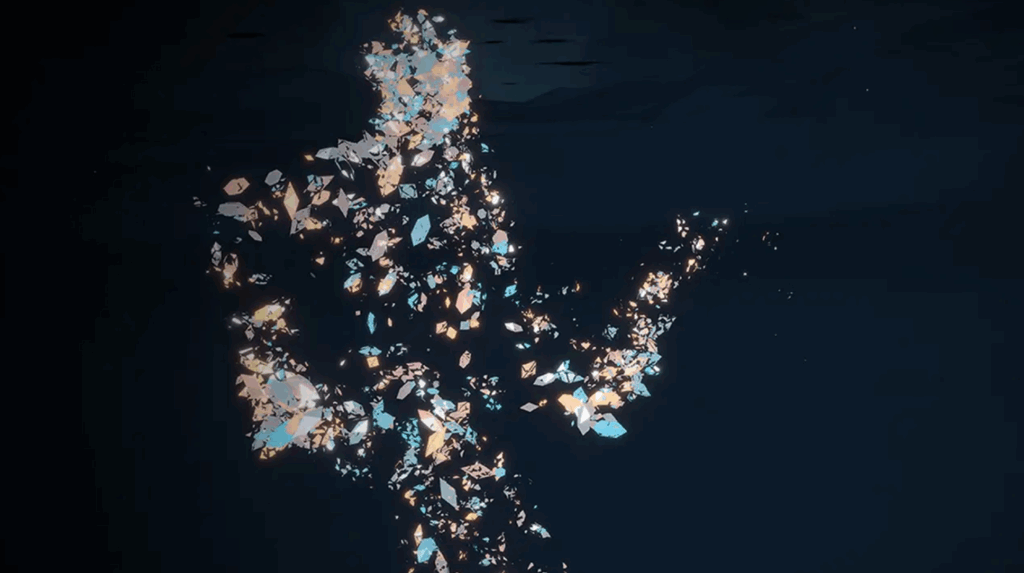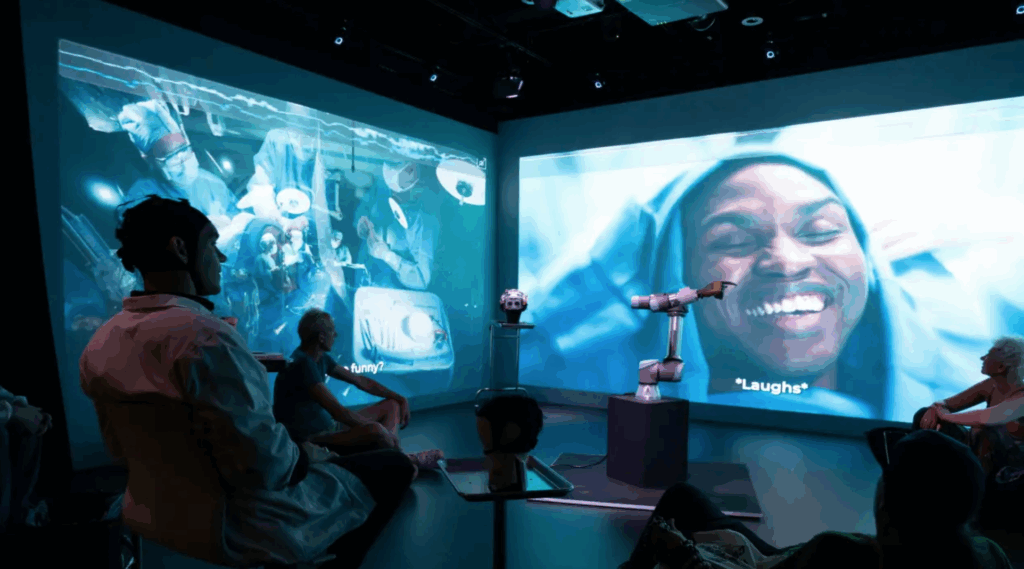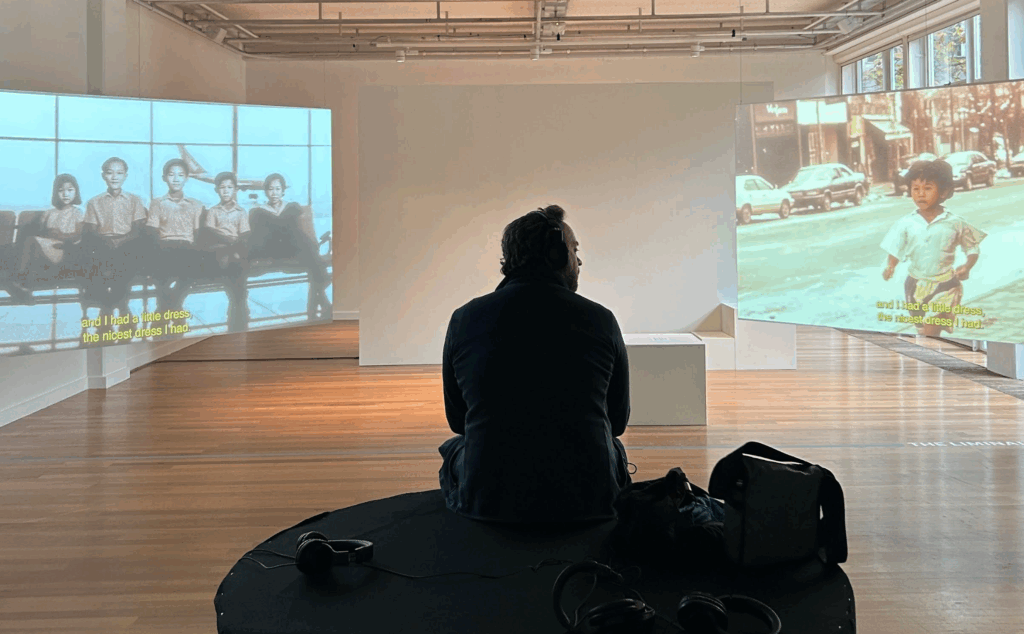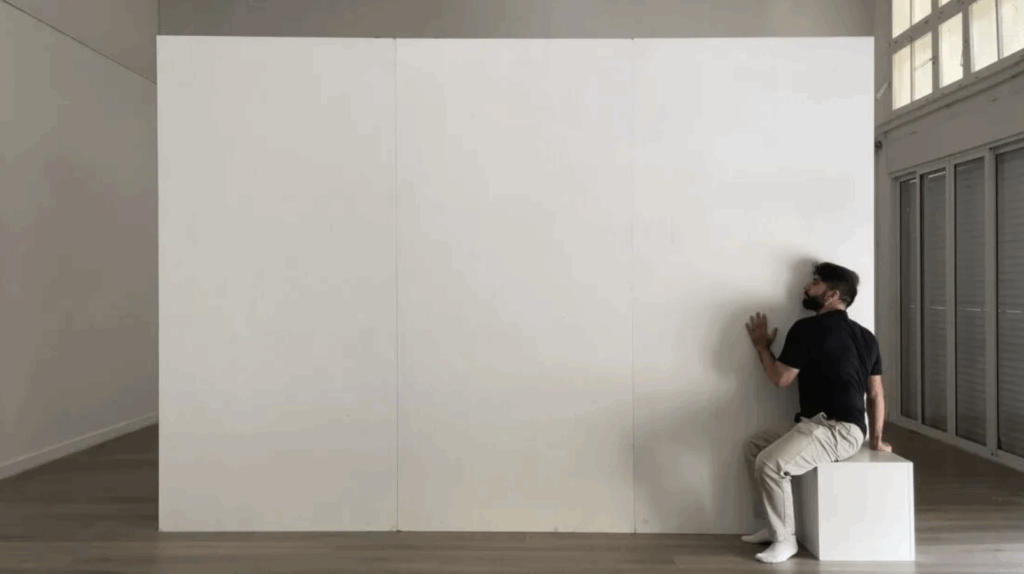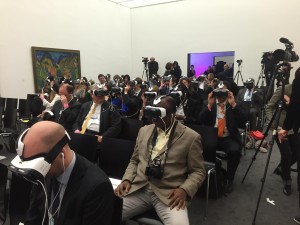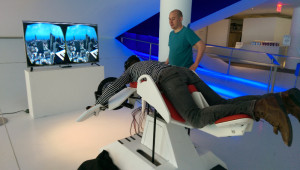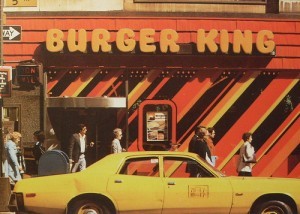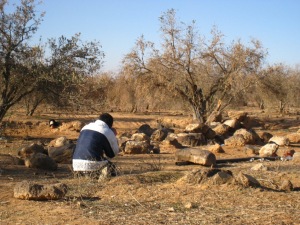Afghanistan, as a subject, has been crossing my path over the last year – through both my work in the development sector and via various forms of film and writing.
We in the west get a pretty limited view of the state of affairs in Afghanistan, mostly filtered through news media. It should not surprise anyone that the view is pretty limited, as in general our traditional media isn’t really capable of nuance or complexity of perspectives.
Afghanistan, of all places, is certainly a country with a complex history – this latest chapter of over a decade of American involvement represents just a sliver (although, our involvement actually stretches further into the past than many of us realize).
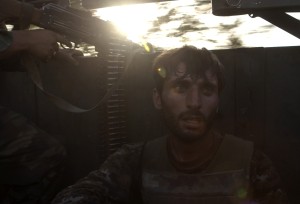
A still from “Tell Spring Not to Come This Year”.
After 2001, Afghanistan became the hot topic of numerous documentaries and books. Most focused on the war, usually from the point-of-view of American soldiers or allied troops (Restrepo and Armadillo). Others focused on the myriad of projects and initiatives that were bringing opportunities to the citizens of Afghanistan (Beauty Academy of Kabul).
Earlier this year, I saw/read three works about Afghanistan that transcended the traditional story lines to tell stories beneath the surface that shed light onto the complicated and complex nature of Afghanistan’s history, culture and present day political situation.
Tell Spring Not to Come This Year – by Saeed Taji Farouky and Michael McEvoy
This powerful film follows an Afghan National Army squad fighting insurgent forces in the southwestern province of Helmand. This is a rare glimpse into the world of the local army. Despite the trainings they received from the invading armies, they’re not always fully prepared for combat. On top of that, what they’re fighting against is not always clear, as the politics of the nation place warlords in governance positions in local provinces. These soldiers are not sure of themselves and are often frightened by the circumstances they face.
Michael McEvoy was a Liason Officer, working with the Afghan Army for 9 months. What he witnessed compelled him to make a film, and he was introduced to Saeed Taji Farouky as someone who would be a compatible co-director. Their collective approach is in-the-trenches, observational, and revealing. The film is intense and immersive, disorientingly so at times. But you feel like you are embedded with these troops, and the confusion you feel is often a reflection of what the soldiers are experiencing as well.
When the usual focus on allied interests and the larger “Afghanistan” narrative is stripped away, the film reveals the personal stories of soldiers who are doing what they can to survive (even if they haven’t gotten paid lately). As the film’s summary says, “this is the war in Afghanistan, through the eyes of the Afghans who live it.”
(The film won the Amnesty International Film Prize and the Panorama Audience Award at the Berlin International Film Festival. I saw it at the Full Frame Documentary Film Festival. You can watch the trailer here.)
The Underground Girls of Kabul: In Search of a Hidden Resistance in Afghanistan by Jenny Nordberg
Jenny Nordberg’s book is a fascinating look at bacha posh, the tradition of girls being dressed and passed off as boys. The main story looks at various bacha posh youth and their families, covering how the girls experience boyhood (and the transition back to girls/young women) and why families make this decision for their children.
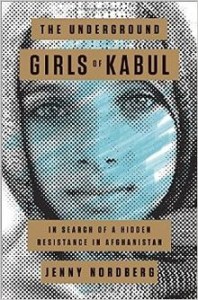
This tradition is intricately tied up with the gender politics and culture in Afghanistan, which is not always as simple as it seems. This leads to another strain of the book, which focuses the push of western aid agencies for female independence and equality and the common failure of not entirely understanding the complex cultural history that feeds into gender politics. The book paints portrait of mothers and girls who are balancing tradition with new opportunities and how complicated that can be.
(I got the chance to see Jenny Nordberg and Faheema, one of the bacha posh from the book, in conversation at New America Foundation. You can listen here.)
Bitter Lake by Adam Curtis
Adam Curtis isn’t interested in the traditional narratives that media puts forth. Using a treasure trove of archival footage, he weaves together unique takes on major issues facing society. His most recent work “Bitter Lake” takes a look at the history and story of Afghanistan that few are telling you. The West’s interest/relationship with Afghanistan did not begin with 9/11. And the United States is not the first country to be engaged in this complicated country. We’re also not the first to try to empower women or make education more accessible. The Russians tried to do that before we ever got there.
Another theme of the film is the United States’ long alliance with the Saudis, aspects of which Curtis credits for the development of Islamic extremism in the region. At times, the history and interpretation Curtis presents is simplistic and it can feel like he views the Afghan people as disinterested in “progress.” But the film challenges the common narrative of Afghanistan, in history, politics, and culture, and overall lays out a series of complex, interconnected stories that challenges us to learn more.
(I saw the film at the 2015 True/False Film Festival. You can watch it on the BBC player or here.)
– Karen Cirillo
